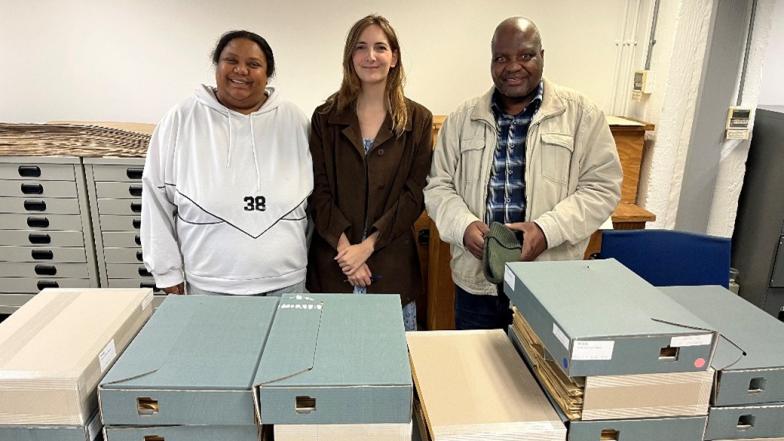Housing Is Half the Battle – Lessons in Preventive Conservation
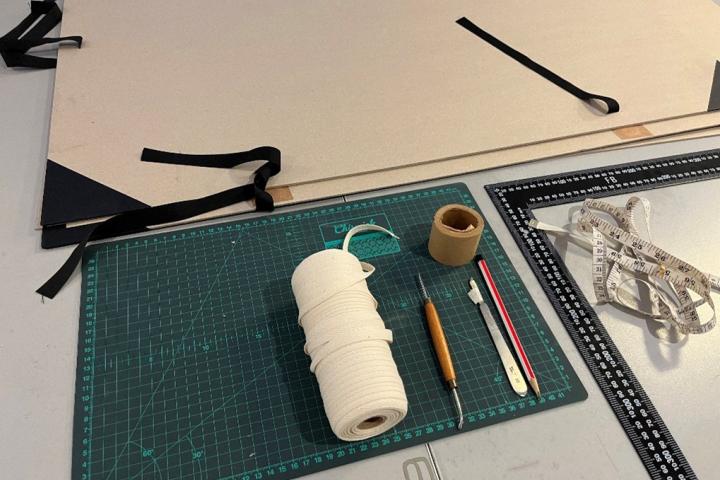
In conservation, the smallest actions often make the biggest difference. It’s not glamorous work. Cutting, folding, labelling, measuring. But it’s smart work. Preventive conservation doesn’t always get the spotlight, but it holds the fort. And in an archive where thousands of items are at risk of damage from poor storage, improper handling, or environmental stress, housing might just be the most practical and sustainable solution we have.
This is because a well-designed box can protect a brittle book from light, dust, pests, and accidental damage. A simple folder can keep acidic or torn documents from being over-handled. A custom enclosure can take the weight off a broken binding or prevent folds from worsening. And most importantly, good housing buys time, it slows the rate of deterioration until more interventive treatment is possible (if it's ever needed at all).
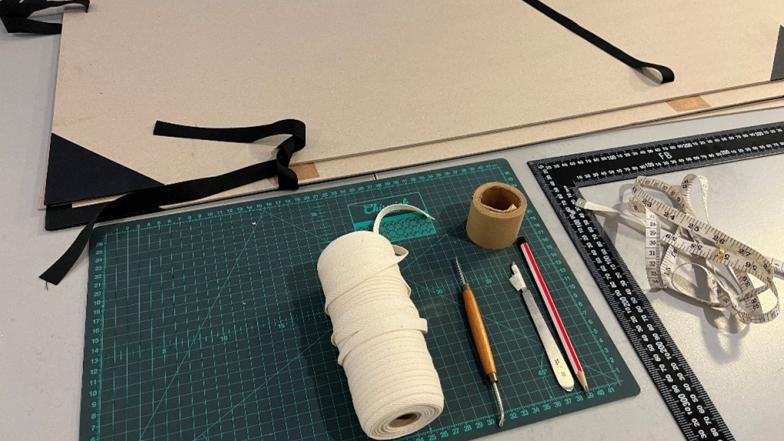
The reality is most institutions don’t have unlimited conservation capacity. You can’t treat everything, and you certainly can’t treat everything right now. That’s where housing steps in as the silent stabiliser. Unless you have a fully staffed conservation unit with five or more trained technical members, working methodically through treatment queues, housing is not just a good idea, it’s essential. It becomes the frontline defence.
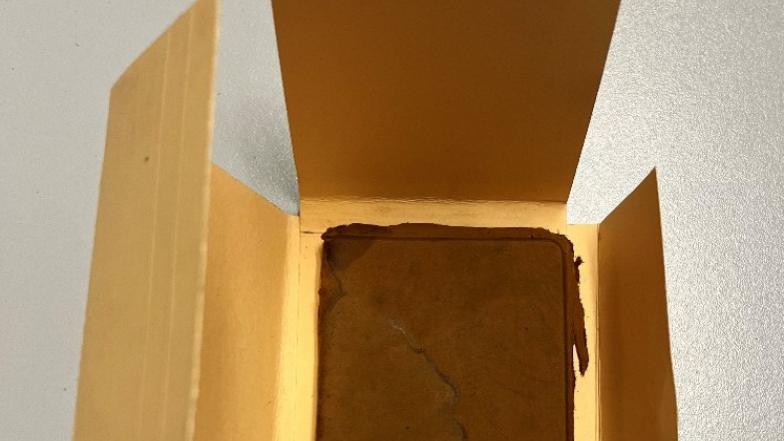
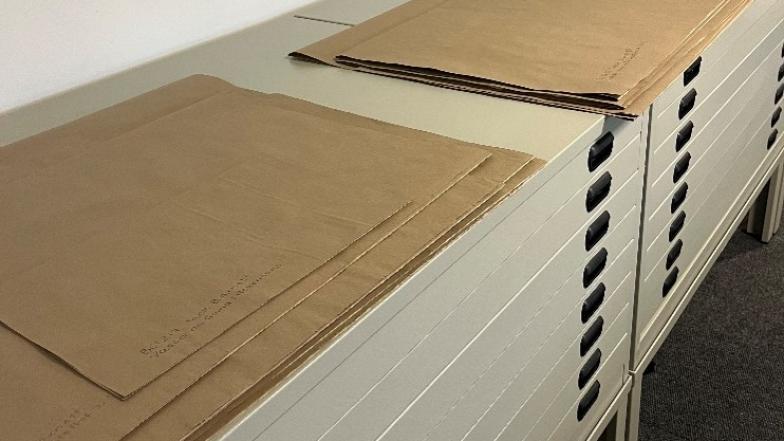
Looking back, I’ll admit it: when I first entered the field, I didn’t quite understand why so many conservators placed so much emphasis on proper housing. Acid-free boxes, custom folders, polyester sleeves, supports for bound volumes… it all felt a bit excessive. Surely the real work, the important work, was in the treatments: mending tears, washing paper, consolidating pigments, fixing bindings. That’s where conservation happens, right? But experience has a way of humbling you. It took time (and maybe a few thousand fragile items later) for the penny to drop.
Here, I cannot help but think of our respected senior archivist, Isaac Ntabankulu. His decades of experience embody the patience and care that preservation demands. Isaac has an instinctive understanding of paper: how it bends, how it reacts to changes in its environment, how each type has its own needs. This kind of knowledge cannot be taught in a classroom or found in a manual; it is earned over years of practice. His presence is a reminder that conservation is not only about boxes and treatments, but also about wisdom, humility, and respect for the objects entrusted to our care. Our archive is richer and stronger because of his dedication.
So yes, I get it now. Those conservators who spoke about enclosures with the same reverence others reserve for treatment protocols weren’t being overcautious, they were being strategic. Proper housing is not a compromise. It’s a conservation decision. One that says: we may not have the time or hands for everything, but we can ensure these materials survive long enough for future care and future use.
